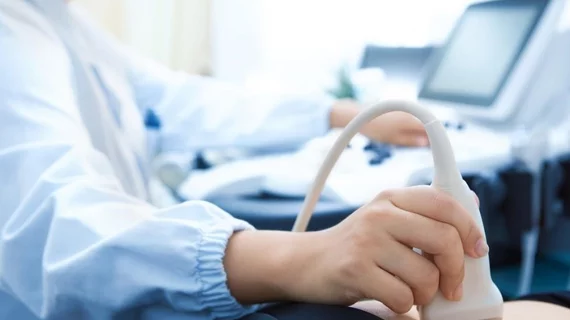Top ultrasound institute’s new statement takes clear stance on disinfecting practices
The American Institute of Ultrasound in Medicine has re-released a position statement detailing the best methods for disinfecting transducers after healthcare groups debated over the practice for nearly a year.
The new guidance, published Thursday, now includes the backing from 20 leading healthcare organizations.
“Our hope is that having the support of so many organizations will encourage the widespread adoption of appropriate disinfection practices in clinical and professional settings, bringing significant benefits to patients,” AIUM CEO Glynis Harvey explained in a statement.
The groups represent more than 790,000 physicians, nurses, infection control professionals, and other healthcare professionals who support the use of low-level disinfection (LLD) in lieu of high-level (HDL) disinfection practices, which is where the debate surrounding the topic originated.
Various medical procedures utilize ultrasound transducers to guide needles and other medical devices through the skin in order to gain vascular access. This can increase a patient’s risk of infection, which is why proper disinfection is imperative.
Some providers and clinical staff argue that such procedures merit HLD techniques. The problem with that type of procedure is the equipment expense and use of resources, which could negatively impact point-of-care ultrasound and patient care.
An intersocietal taskforce examined evidence supporting HLD use but justified their new position by explaining that the use of transducer covers in conjunction with standard disinfectant agents are adequate means of infection protection.
“Recommendations for high-level disinfection of sheathed probes used for percutaneous procedures are not evidence-based and will result in unwarranted and unnecessary use of resources, increasing the possibility of safety events if percutaneous procedures are performed without ultrasound guidance,” the statement reads.
With signatory support of the 20 organizations, the AIUM plans to publicize the position statement with the help of an educational campaign promoting the adoption of LLD techniques.
For more information you can visit the American Institute of Ultrasound in Medicine’s website.

